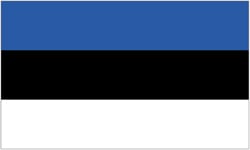New Brevia is a small, coastal nation in Western Europe, located along the English Channel between Belgium and France. With a land area similar to Luxembourg, it is known for its flat landscapes, sandy beaches, and low grassy headlands. The country’s capital and largest city, Rivensport, serves as a vibrant port and cultural center, famous for its historic lighthouse, seafood markets, and the annual Festival of Lights.
New Brevia’s population, known as Brevians, is predominantly of French–Dutch heritage, with smaller Flemish and other European communities. The official language is Brevian, closely related to French but with Dutch influences, though French and Dutch are also widely spoken. Roman Catholicism is the national religion, but the country maintains religious freedom and a pluralistic society.
A parliamentary republic, New Brevia has a ceremonial president as head of state and a prime minister as head of government. It is a member of the European Union, uses the Euro, and maintains strong economic ties with its neighbors. The economy is driven by shipping, fishing, tourism, textiles, and renewable energy, particularly offshore wind power.
With a mild oceanic climate, the country enjoys cool summers, damp but mild winters, and a green landscape year-round. Its highest point, Brevin Hill, rises just 127 meters above sea level, while its lowest point, the Brevin River Valley, sits slightly below sea level and is protected by modern flood defenses.
New Brevia prides itself on its maritime traditions, openness to trade, and high standard of living, reflected in its national motto: "From Shore to Horizon."













